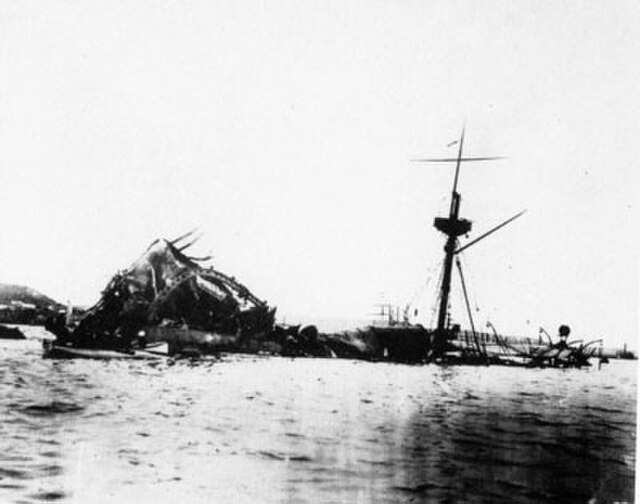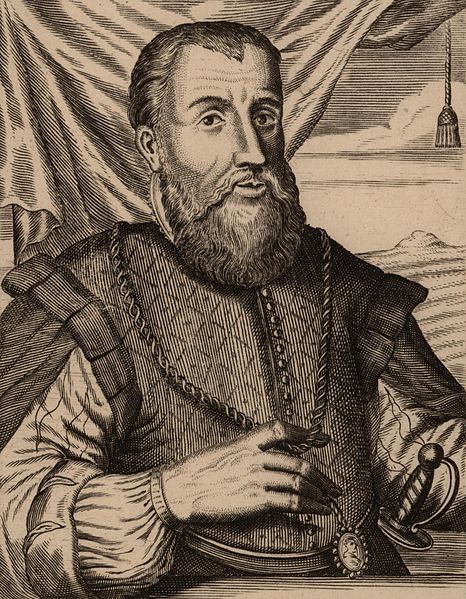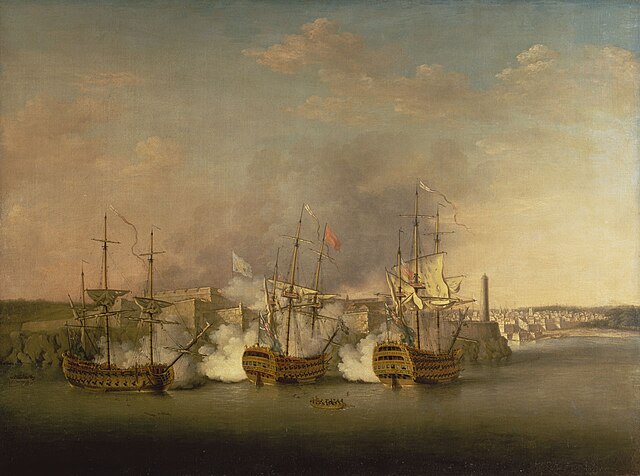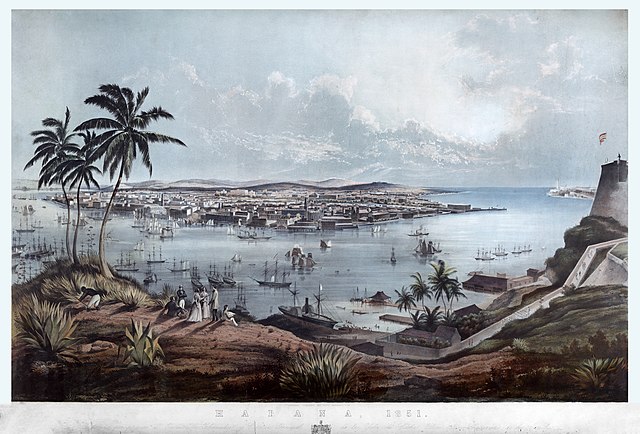Cuban War of Independence
The Cuban War of Independence, also known in Cuba as The Necessary War, fought from 1895 to 1898, was the last of three liberation wars that Cuba fought against Spain, the other two being the Ten Years' War (1868–1878) and the Little War (1879–1880). The final three months of the conflict escalated to become the Spanish–American War, with United States forces being deployed in Cuba, Puerto Rico, and the Philippine Islands against Spain. Historians disagree as to the extent that United States officials were motivated to intervene for humanitarian reasons but agree that yellow journalism exaggerated atrocities attributed to Spanish forces against Cuban civilians.
Lieutenant General Antonio Maceo's cavalry charge during the Battle of Ceja del Negro
Spanish troops in Cuba, 1897
Death of Maceo, by Armando Menocal
Wreckage of the Maine, 1898
Cuba, officially the Republic of Cuba, is an island country, comprising the island of Cuba, Isla de la Juventud, archipelagos, 4,195 islands and cays surrounding the main island. Cuba is located where the northern Caribbean Sea, Gulf of Mexico, and Atlantic Ocean meet. Cuba is located east of the Yucatán Peninsula (Mexico), south of both the American state of Florida and the Bahamas, west of Hispaniola, and north of Jamaica and the Cayman Islands. Havana is the largest city and capital. Cuba is the third-most populous country in the Caribbean after Haiti and the Dominican Republic, with about 11 million inhabitants.
Diego Velázquez de Cuéllar, conquistador of Cuba
A painting of the British capture of Havana in 1762
Slaves in Cuba unloading ice from Maine, c. 1832
19th century view of Havana








